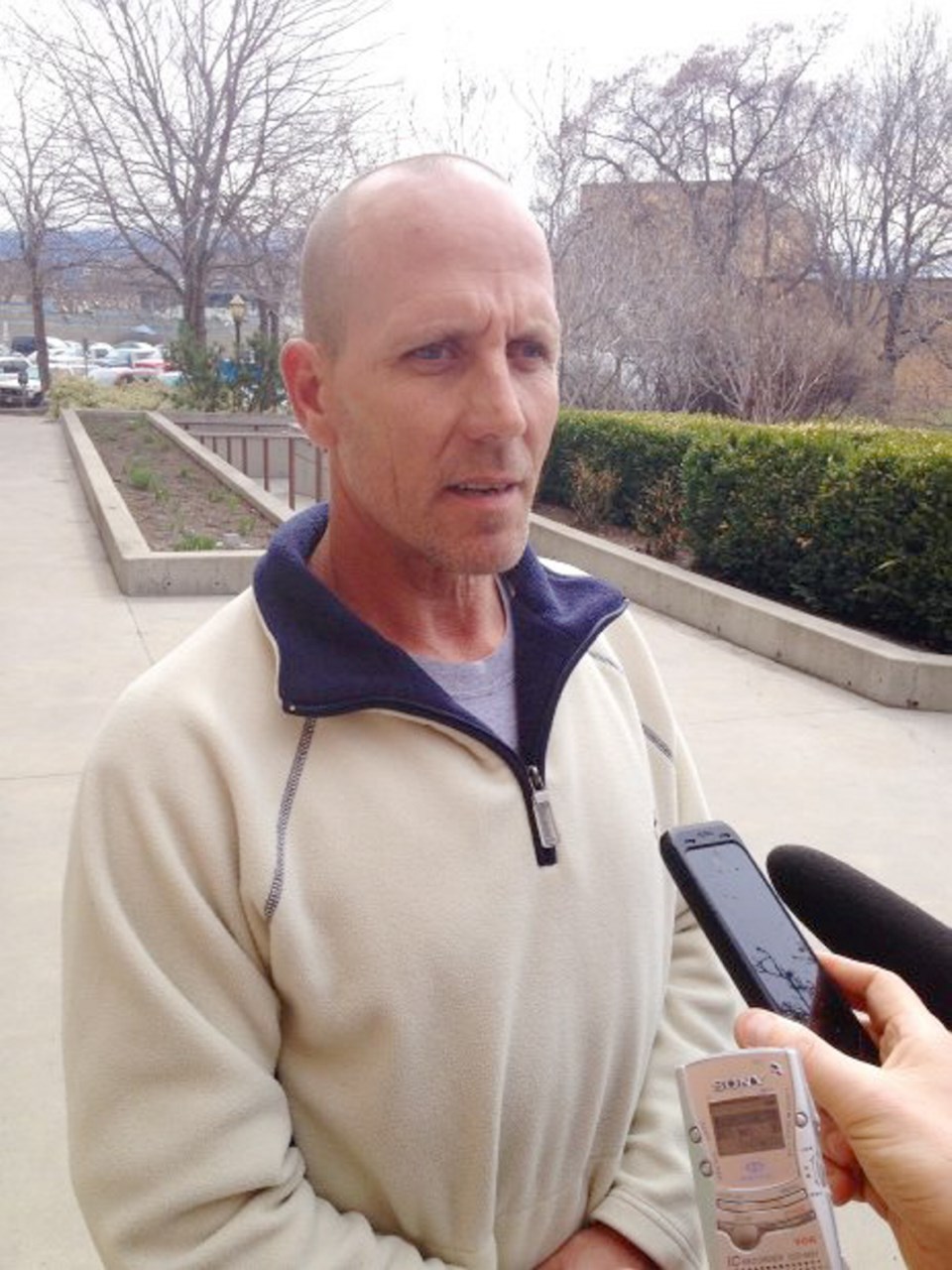KELOWNA — Taylor Van Diest suffered defensive wounds when she tried to fight off Matthew Foerster, but was killed by repeated blows to the head, court heard Wednesday.
Foerster, 28, has pleaded not guilty to a charge of first-degree murder in the October 2011 slaying of the Armstrong teen, but has admitted he caused the injuries that resulted in the 18-year-old girl’s death.
Dr. John Stefanelli, a Kamloops pathologist, conducted an autopsy on Taylor three days after the slaying and concluded that she had died of multiple “blunt force trauma” to the head.
Stefanelli told a B.C. Supreme Court jury that Taylor had suffered six separate blows to the head, tearing her scalp and fracturing her skull. He said the victim had also been strangled and that there was evidence that she had tried to resist the strangling.
In addition to the “ligature” marks around Taylor’s neck from the strangling, there were also fingernail marks from the victim on her own neck indicating an attempt by her to remove whatever was being used to strangle her, he said.
While she was being choked, she was still conscious, but Stefanelli couldn’t say in what order the injuries occurred — whether she was struck on the head before being strangled.
Taylor also had lacerations and bruises on her hands, and broken fingers, indicating she was holding her hands up to protect her head and was struck by whatever weapon was used by Foerster, said Stefanelli.
To tear the scalp and fracture the skull, a fairly heavy, hard object would have to have been used, said the pathologist.
Asked by Crown counsel Iain Currie what type of weapon was used, Stefanelli said it could have been a metal flashlight with batteries.
The pathologist also said some of the injuries could have been caused by Taylor having her head bashed against a lengthy metal pipe that was found underneath her head.
Under cross-examination by defence lawyer Lisa Jean Helps, Stefanelli agreed some of the injuries could have been caused by Taylor falling on to the metal pipe.
Foerster had little reaction to the grisly testimony.
Two witnesses, both Armstrong residents, testified that they heard screams near the scene of the incident.
A tearful Delphine Burylo told the jury that she was checking her pumpkins outside her home when she heard two screams.
“The first one sounded more distraught than the second one,” said Burylo, adding that she believed the voice was a female’s and came from the direction of the railway tracks.
Natasha Bellows, a custodian at the nearby elementary school, was visiting Burylo at the time and also heard one scream. She said it was “high-pitched,” as if somebody was trying to “scare you really bad.” Since it was Halloween night, she gave it no further thought, she said.
Taylor’s mother, Marie Van Diest, who has been available to comment outside court to the press, was clearly distraught and did not wish to comment.
But Raymond Van Diest, the victim’s father, told reporters that for him it was “horrific” to have to listen to the testimony.
“Painful, extremely painful,” he said of the testimony.
The dad said he hoped that his daughter was unconscious at the time she was struck in the head.
“I would rather have gone through that than her. I would rather have been there and not her.”
He questioned the assertion by Foerster’s lawyer outside court that her client felt remorse for having killed Taylor.
“I just don’t see it,” he said.
Taylor was killed on Halloween night, when she went out to meet a friend to go trick-or-treating.
When she failed to show up, she was reported missing. She was found unconscious but still breathing in a ditch near some railway tracks that run through Armstrong. She died of her injuries after being rushed to hospital.



